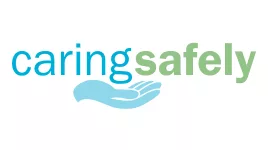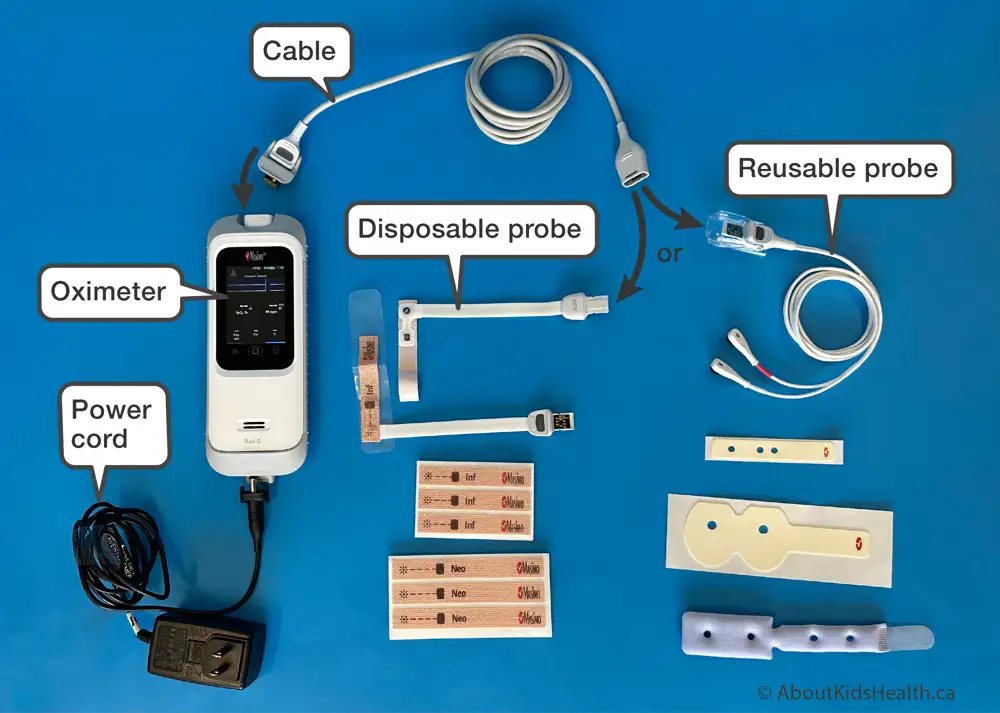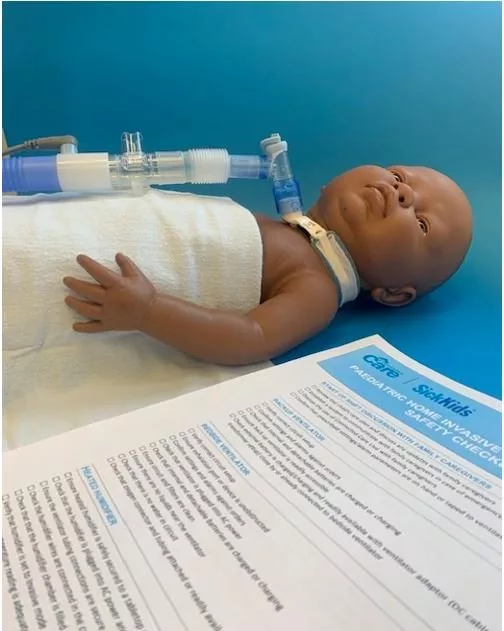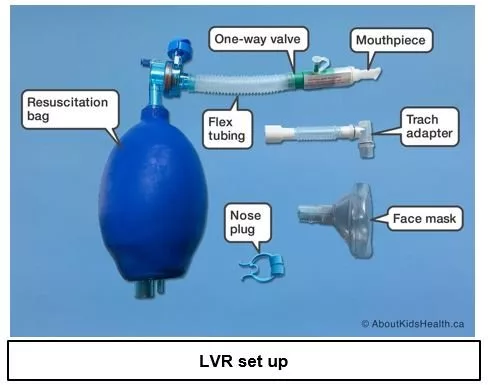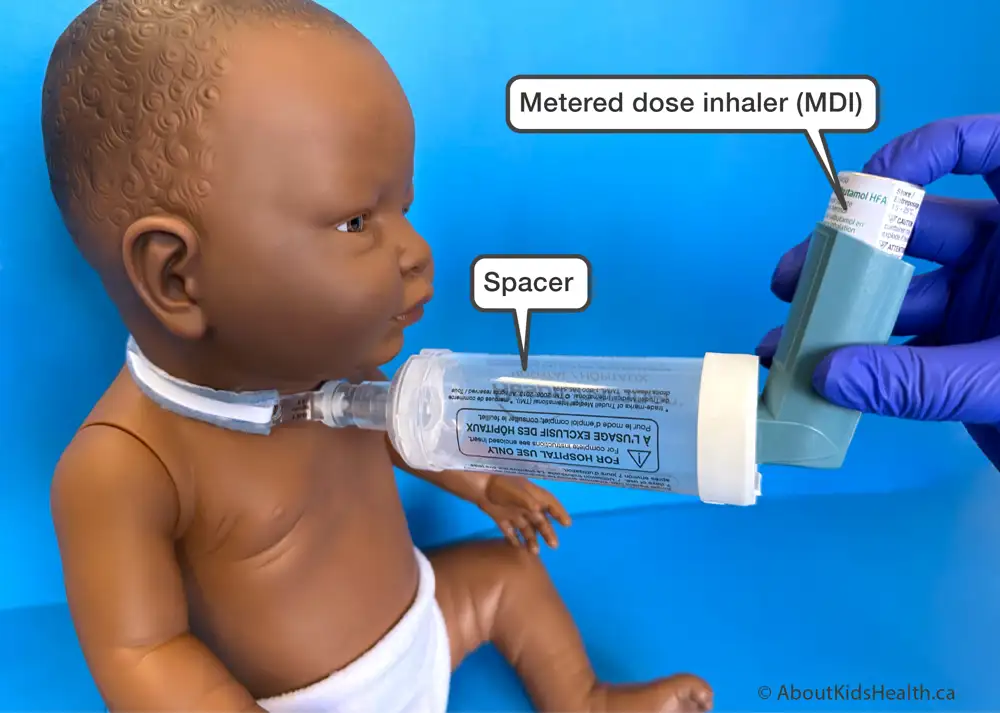SITUATION:
This QuickHit was informed by a Connected Care Live consult from a Home & Community Care Provider asking about the appropriate size suction catheter to use for a child with a tracheostomy.
BACKGROUND:
Suctioning is indicated for children with tracheostomies:
- To remove secretions from the child’s airway
- To assess and maintain a patent tracheostomy tube
- To avoid aspiration of food and/or liquid into the airway
The size of the suction catheter, depth and duration of suctioning, as well as the suction pressure used is important to ensure suctioning is effective.
ASSESSMENT:
Caring for a child with a tracheostomy requires continuous assessment for signs that may signal the need for tracheostomy tube suctioning:
- Auscultation: crackles
- Visual/audible cues: active coughing with inability to clear secretions, audible congestion or visible secretions in the tracheostomy tube
- Respiratory distress: increased respiratory rate, irritability, work of breathing or shortness of breath thought to be related to secretion retention (i.e. unexplainable by another reason such as exertion).
- Oxygen saturation decrease or increase in oxygen requirements
- Ventilation changes: sporadic flow waveforms, lower tidal volume, or higher peak pressure.
RECOMMENDATION:
Size of Suction Catheter
The recommended suction catheter is based on the size of the child’s tracheostomy tube:
| Tracheostomy tube size (inner diameter in mm) | Recommended suction catheter size (Fr) |
|---|---|
| 2.5-3.0 | 6 |
| 3.5-4.0 | 8 |
| 4.5-5.5 | 10 |
| 6.0-7.0 | 12 |
| Greater than 7.0 | 14 |
If the suction catheter is too large, it may occlude the tracheostomy tube and cause difficulty breathing.
If the suction catheter is too small, it may impair effective clearance of the secretions.
Depth of Suctioning
Tip Suctioning: Removes mucus or fluids outside or at the very front of the tracheostomy tube. Suction catheters and tip suction devices may be used for tip suctioning (e.g. Little Suckers®).
Tube Suctioning – Removes mucus or fluids from the full length of the tracheostomy tube, including just past the end of the tube. The appropriate depth is to be pre-measured (which is typically 0.5-1cm past the end of the tracheostomy tube). NOTE: If you are unable to insert the whole pre-measured length, this may be an indication that the tracheostomy tube is blocked and needs to be changed immediately.
Deep Suctioning: Removes mucus or fluid from the child’s airway beyond the length of the tracheostomy tube. This is typically only performed with orders from the child’s prescriber (Medical Doctor or Nurse Practitioner) and used in cases of respiratory distress or if the child has an inadequate cough to mobilize their secretions.
Duration of Suctioning
The insertion and withdrawal of the suction catheter should be less than 10 seconds. Do not apply suction during insertion. Apply continuous suction when withdrawing the catheter.
More information
To learn more about how to preform tracheostomy suctioning, visit AboutKidsHealth.

